Beschrijving
Climate cum energy policies have penetrated deeply into the fabric of our society, with disastrous consequences for our prosperity, due to an unprecedented rise in energy prices which triggered inflation and energy poverty for significant parts of the population. How did all that happen?
This book tries to answer that question.
It is a compilation of a number of articles that we have published in recent decades on climate and related topics, such as energy, both in The Netherlands and abroad. This volume addresses not only the climatic aspects of atmospheric warming, but also its political, economic and social implications. In other words, we have tried to shed light on the issue from different perspectives because we believe it can only be properly understood through a multidisciplinary approach.
While it is true that some authors have suggested some kind of conspiracy to promote the fear of global warming, most look for the cause in a confluence of overlapping interests, developments in society and ideas that are mutually reinforcing and have finally led to a firm belief in the claim that man-made CO2 emissions, through the use of fossil fuels, are a dominant source of atmospheric warming.
According to the proponents of the hypothesis of man-made global warming this would have catastrophic consequences such as a rise in sea level with increased flooding, weather extremes, higher land temperatures accompanied by greater droughts or extreme rainfall, resulting in negative impacts on agriculture, migration of harmful tropical insects to northern latitudes with negative impacts on human health, increased frequency and intensity of storms, massive waves of climate refugees etc.
In this book we have tried to prove that none of these fears is based on science.
Authors: Hans Labohm, Dick Thoenes and Jeroen Hetzler
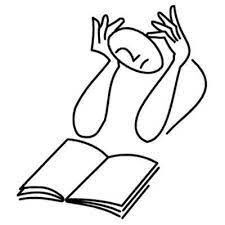
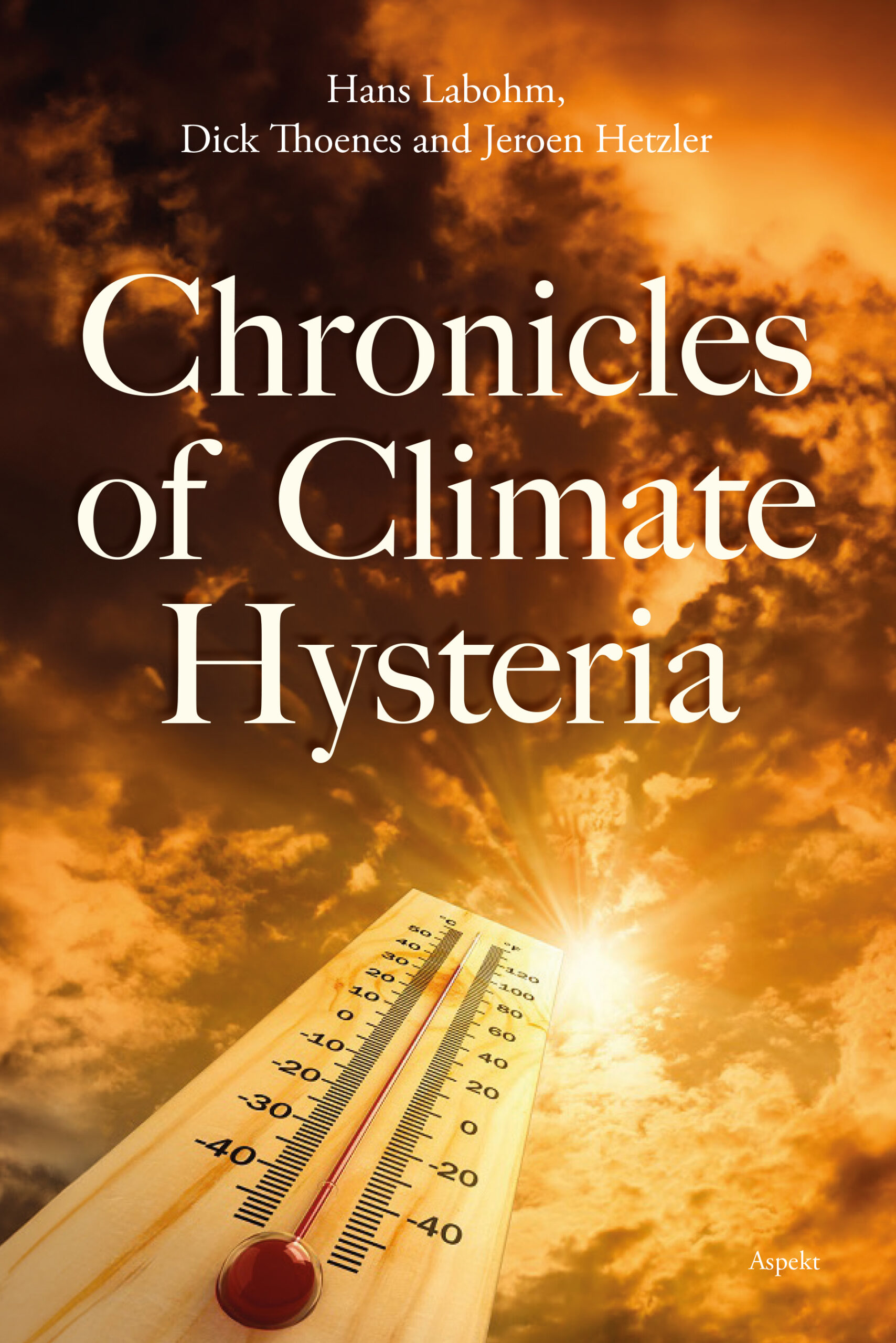
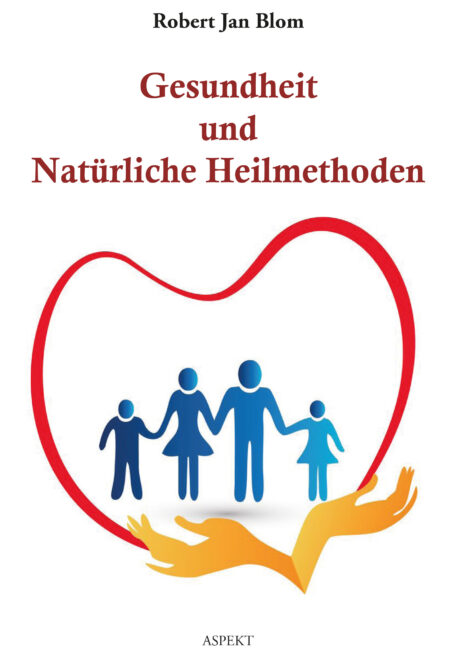
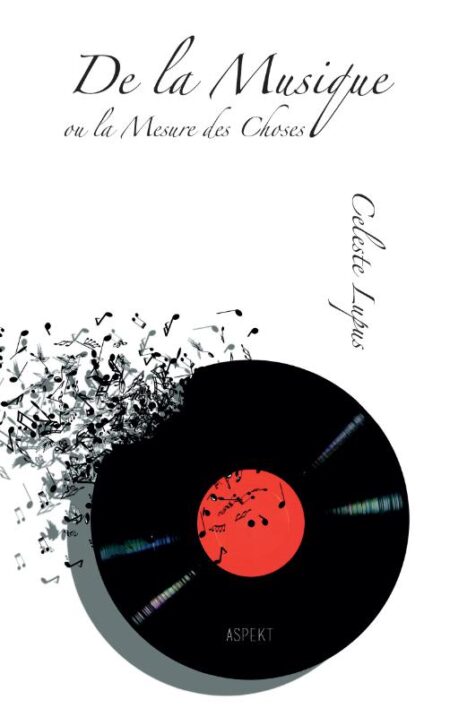
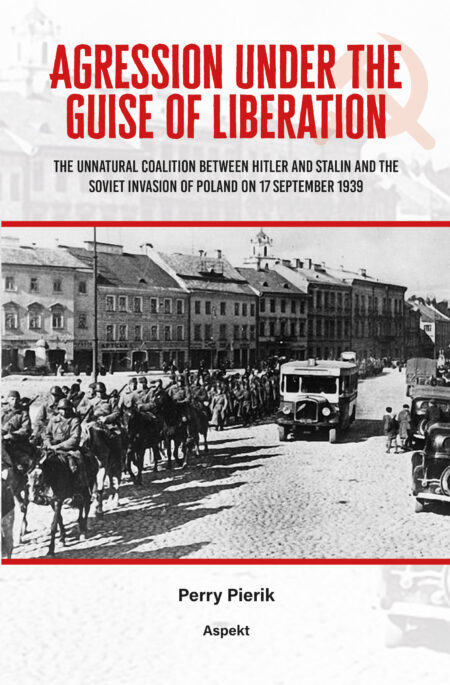


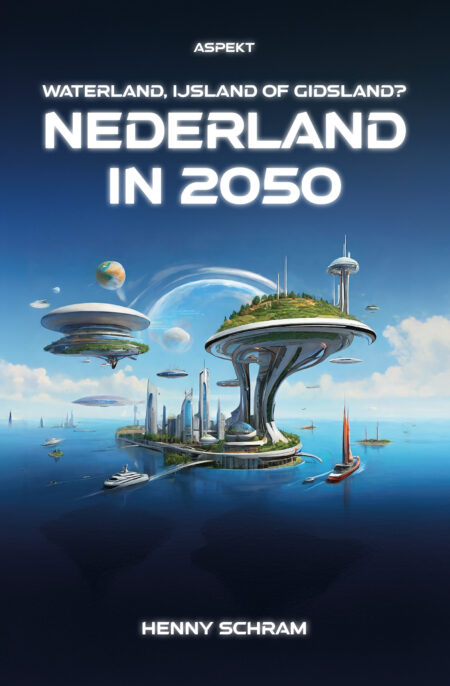
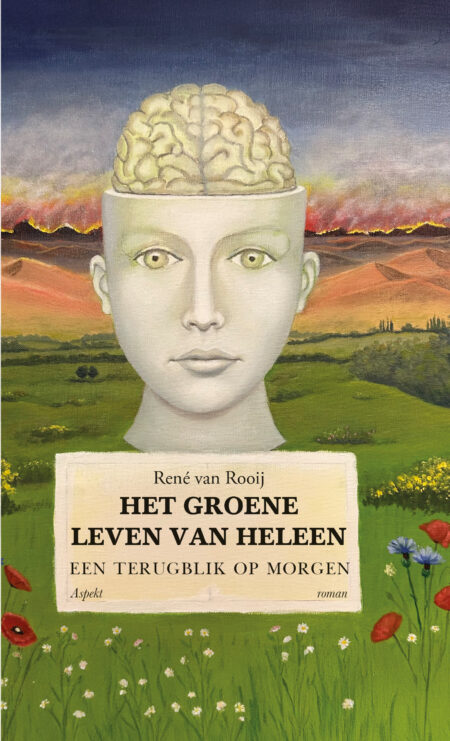



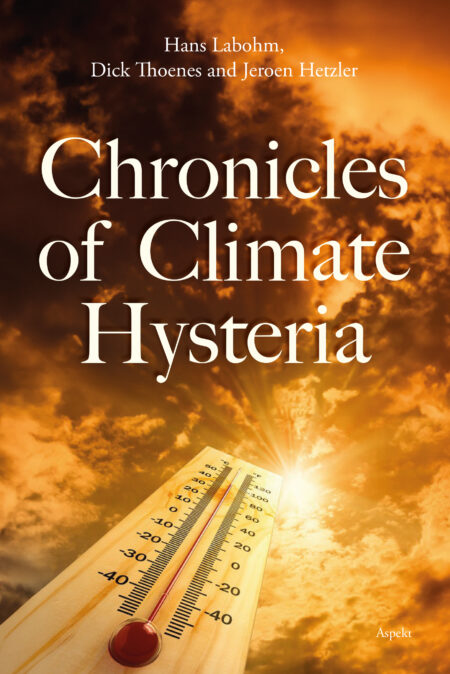
Sceptic (bol.com) –
A nice compilation about the sense and nonsense of the climate story. There is no evidence whatsoever that CO2 causes global warming. What CO2 does do is slow down the heat transport from the earth to space (i.e. cooling), but it can never warm the earth. The effect of CO2 and other greenhouse gases can best be compared to the insulation of a house: the insulation also slows down the heat flux to the cold environment, but the insulation can never warm your house up. If that were true, the perpetual motion machine would have been invented. CO2 also has a saturation effect: additional CO2 emissions have hardly any effect. It can be calculated that doubling the amount of CO2 in the atmosphere (i.e. from 400 to 800 ppm) would warm the earth by 0.71°C; more or less warming is due to other causes, especially cosmic and geological causes, over which we as humans have no influence whatsoever.
A book that everyone should read, because the consequences of the climate measures are disastrous: energy is becoming more expensive; since energy is used in every process, everything becomes more expensive. This makes it more difficult for our companies to compete with companies located in regions that do not believe in the climate story, causing these companies to leave Europe and our years of hard-earned prosperity might be jeopardized in just a few years.
NEMO2020 (bol.com) –
“Man has always been prone to hysteria, but it has never been as brutal as it is today.” It is the title of a column by Rob Hoogland, one of the columnists of the Telegraaf. The text fits in seamlessly with the book by Hans Labohm et al. entitled “Chronicles of Climate Hysteria”.
In my opinion, Hans Labohm and his co-authors have succeeded exceptionally well in making a controversial subject, which is also not that easy, readable to a large audience, while maintaining their journalistic and scientific integrity. The book is a collection of a large number of articles, some of which were already published before 2004. Almost everything was already known at that time.
After 2004 the situation would change. The science itself hardly changed, but the tone became different, harder, more personal. Scandals were constantly coming to light. “Chronicles of Climate Hysteria” describes some of them in detail. The authors do not mince their words.
In a guest contribution, Ed Zuiderwijk takes us to the year 2100. In retrospect, he is amazed at how “a cabal of ignorant fanatics, half-educated researchers, political hangers-on, and the necessary charlatans control the research in atmospheric science and obtained its applications”.
Perhaps a bit harshly formulated, but it gives an impression of the frustrations that a skeptical scientist encounters in his working life. Against this background, it is astonishing how tolerant and moderate Hans Labohm has remained. He has a harsh assessment of institutions but never plays the man.
“Chronicles” refers to a form of historiography in which events are described in chronological order. But when does the “climate hysteria” start? In my opinion, the IPCC reports up to and including AR 5 of 2013 are one-sidedly alarmist, but not hysterical. The founding fathers of alarmism, Bert Bolin, Stephan Schneider, James Hansen, Michael Mann, made extensive use of the “double ethical bind”. They exaggerated, made selective use of statistical methods, censored their opponents but never became hysterical.
Until 2013, this also applied to the IPCC as a whole. But in 2015 there was a change of chairmanship at the IPCC – the incumbent chairman was dismissed – and the Paris Agreements were concluded at the UN level. Everything changed. The Accords called for zero CO2 emissions by 2050, a Herculean task that would require draconian measures. Thousands of billions would have to be diverted from health care, public housing, education, agriculture, elderly care, etc. To make this possible, citizens had to be made afraid, terrified, of climate change. After 2015, the IPCC only, almost exclusively, talks about greenhouse gases, especially CO2, as the cause of all warming since 1950. The evidence for this is weak. A hysterical girl lectures everyone.
And far above that we find someone who unashamedly tells an extreme story. Guterres, the UN Secretary General, sees the earth burning, the oceans boiling. “The era of global boiling has arrived,” he said recently. It’s complete nonsense but no one protested. Incomprehensible. With a nod to Tolkien, I would like to change that statement to: “The age of reason has ended. The age of hysteria has just begun.”
And I see that as the greatest value of the Chronicles.” It points to a future that should not happen and invites us to think for ourselves. To see the roots of something that we do not want to happen. But then we have to do something. Reading the “Chronicles of Climate Hysteria” is a good start.
Resistance fighter (bol.com) –
Is the climate debate turning around? Are the climate ‘deniers’ of a while ago now liberal in the climate debate? The call from the Social Cultural Planning Office to also take seriously those who think differently about the climate is telling. Critical citizens also belong to the Netherlands. But a real change is yet to come.
For thinking about climate change, the Chronicles of Climate Hysteria can be a stone that perhaps shifts the flow of the river. With their climate-realistic articles, lead authors Hans Labohm, Dick Thoenes and Jeroen Hetzler provide a snapshot of the debate on climate change of the last twenty years.
This not only concerns the climatological aspects of atmospheric warming, such as the role of clouds and the influence of CO2, but also highlights the social context: the political implications, the economic consequences, the impact on the citizen’s purse. and the role of the media.
The collection includes a large number of articles by Prof. Dr. Dick Thoenes who sheds light on numerous topics. In a simple, clear manner he contradicts the findings of the IPCC and speaks of assumptions as absolute truths. Estimates are no more than guesses and the attached probabilities, according to him, lack any scientific basis and are therefore misleading. He also criticizes ’the trade’ in CO2 and the exaggerated attribution of CO2 as a human warming agent.
Jeroen Hetzler, the forestry economist and a man of numbers, gets into an argument with Peter Kuipers Munneke about critical security of supply of wind and solar energy, especially at hospitals. He also advises North Pole traveler and climate journalist Bernice Notenboom about the alleged lack of ice in the North Pole in the near future.
Although the collection contains a number of graphs, including the damned hockey stick, it is also a book about people who position climate realism as a rational opposite.
Like Sonja Boehmer Christiansen, the early climate realist who already realized in the 1980s that climate science is not neutral at all but has its own interest: in her eyes, even faith can be an important factor in alarmism. We also see Margaret Thatcher in the setting of that time and as a PhD scholar, putting ‘global warming’ on the international agenda, not because she knows much about it, but to profile herself. The Iron Lady wants to kill two birds with one stone: rationalize the coal mines and give priority to nuclear energy. It all works out differently.
We are introduced to the Danish statistician Bjorn Lomborg who, like a kind of Pieter Omtzigt, is rattling at the gates of the scientific climate order. The fear of environmental disasters is unfounded, as he proves in a book with 2930 footnotes and a bibliography of 70 pages. He is receiving fierce attacks on his work, is not allowed to respond in scientific journals and they want to dismiss him from his position as director of his institute of environmental assessment. Function elsewhere…Lomborg was allowed to give a lecture at the climate-alarmist TU Delft this year, albeit again under protest. Students just wanted to hear his story.
Climate skeptic Labohm himself also has to give way under pressure. His outspoken opinion on climate change is not accepted by his employer Clingendael. And suddenly there is a very long arm that decides that ‘Labohm has to get out of there.’
It’s good that there is now history tale on it: ‘Chronicles of Climate Hysteria’.